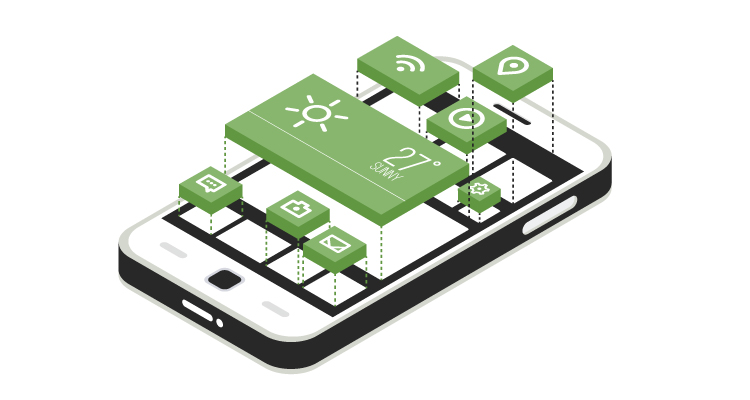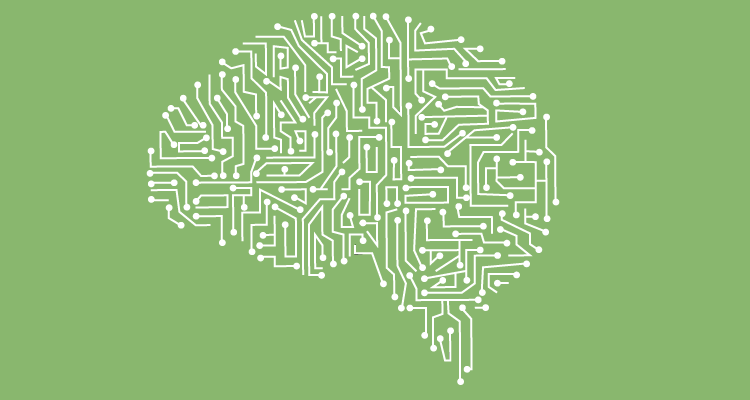Although design thinking was originally for AI, design engineering, and architecture, I see how it becomes an excellent process for me to incorporate in my own organization.
As a female leader, I am continually seeking out alternative ways to address certain issues and strategies within my organization. I was intrigued by the idea that design thinking might be something of value to what we were trying to achieve in our organization in terms of solving problems and creating a more innovative atmosphere that would set us apart from our competition.

There are four elements of design thinking that we typically use, including defining the problem; create and consider options; refine selected directions, and pick the winner. Not only did I see these four elements as a way to solve problems, but I also felt like it could help us shape an organizational culture directed at flexibility and responsiveness.
Here are seven techniques I’ve been able to use in my organization that frame the design thinking process for problem solving and innovation.
- Start With Why
First, we start with the “why,” which is what we know that we want to do, including our core purpose. This helps us focus more on a certain aspect of a larger problem and not take on too much at one time.
The team also uses this to understand why we are actually doing design thinking on this particular area.
- Know Your Users and Get Them Involved
Empathy is the core component of design thinking and why I like it so much. It’s people-centric, which is central to how I lead the organization and how I see our customers.

This part of design thinking involves conducting user research, field studies, and interviews as well as reviewing experience maps. I get all employees involved in the design decisions as this helps to increase motivation and productivity to really gather the information we need for design thinking.
- Experiment with Ideas
Design thinking is a collaborative process. During this process, it is important to welcome and experiment on any idea that comes to mind. This can be something like visual storytelling, which has helped the team to sketch out ideas and assists me to see more of what they are trying to do.
These ideas can then provide solutions to the strategies that I’ve implemented to address a certain problem.
- Build Prototypes
After narrowing down the best ideas with our team and customers, we move onto building prototypes. These prototypes include things like an interactive wireframe or a code prototype. Whatever prototype we use, its purpose is to assist in testing ideas and getting a response from customers and stakeholders.
- Test the Design
Usability tests are a great way to get everyone on board with our idea. We do this by testing the idea with our target audience by using tools like Crazyegg, Optimizely, and Five Second Test.

Before implementing any of this, I suggest having the outline a plan of attack on how to conduct the test. I encourage the team to ask plenty of open-ended questions so that we ensure that it is a comprehensive test.
- Track the Process
We are using design thinking to reach for an answer so much of it takes place over time. Although there are open and creative techniques, I still insist that we set milestones in order to truly see what progress we’ve made. This motivates the team; as well as keeps them on target for what we are trying to accomplish in a specific amount of time.
- Tolerate Failures
Finally, I let the team know that I realize failure is bound to happen. Our tests don’t always pan out, and our progress often can be slow on some problems.

While I push for getting it right the first time, I don’t want the team to think that failure is the end of the road. I encourage the team to look at what happened together so we can learn from the experience. Even some of the most successful companies failed at certain things before they really succeeded.
Design Process Success
Overall, we have made great strides in our product development; thanks to implementing this design thinking approach to our problems and to innovation.
The various steps that are shown above help me as a leader know how to walk the team through the design thinking process while the team gains a better idea of how to break down their thinking into manageable chunks of information to study, research, and reflect on. It makes the idea of problem-solving and innovation feel more manageable; which also drives the team to work more productively at it.














